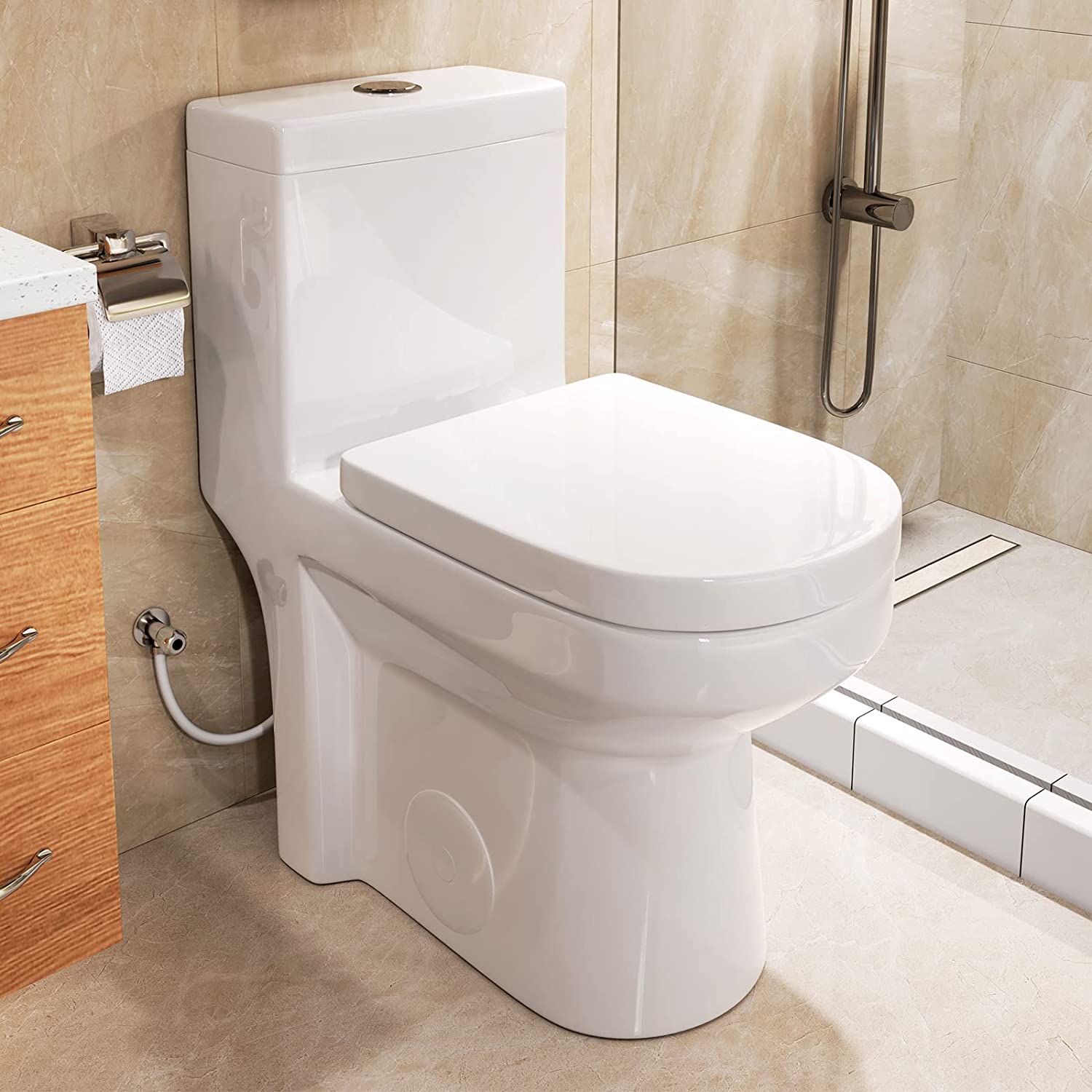

Articles
What Is Water Closet
Modified: January 6, 2024
Discover the functionality and style of bathroom furniture with our comprehensive guide to water closets. Upgrade your bathroom with our wide selection of quality options.
(Many of the links in this article redirect to a specific reviewed product. Your purchase of these products through affiliate links helps to generate commission for Storables.com, at no extra cost. Learn more)
What is a Water Closet?
A water closet, often abbreviated as WC, is a fixture commonly found in bathrooms and restrooms that is used for the disposal of human waste. It is essentially a small, enclosed space that consists of a toilet bowl, a seat, and a flushing mechanism.
The main purpose of a water closet is to provide a hygienic and convenient way for individuals to relieve themselves. Unlike traditional pit latrines or open-air facilities, water closets utilize a water-based system to flush away waste, ensuring cleanliness and proper sanitation.
Water closets are typically connected to a sewerage network or septic tank, allowing waste to be safely transported and treated. The use of water in the flushing process aids in diluting and removing waste, reducing odors and the risk of pollution.
Modern water closets come in various designs and styles, ranging from wall-mounted to floor-standing models. They can be found in both residential and commercial settings, catering to the needs of individuals and the general public.
Water closets are considered an essential fixture in any modern bathroom, providing privacy, comfort, and an efficient means of waste disposal. The development and standardization of water closets have played a significant role in improving public health and hygiene practices.
Overall, a water closet is a fundamental element of a functional bathroom that ensures cleanliness and convenience for users.
Key Takeaways:
- Water closets, commonly known as toilets, have evolved from ancient civilizations to modern-day innovations, providing a hygienic, convenient, and essential solution for waste disposal in homes, offices, and public facilities worldwide.
- Understanding the components, types, benefits, and maintenance of water closets is crucial for ensuring efficient waste disposal, cleanliness, and an elevated quality of life. Regular maintenance and care are essential to prevent common issues and extend the lifespan of water closets.
Read more: What Is A Walk-in Closet
Introduction
The water closet, also known as a WC, is an essential fixture in today’s bathrooms and restrooms. It provides a hygienic and convenient way for individuals to dispose of human waste. With its efficient flushing mechanism, it ensures proper sanitation and helps maintain a clean and odor-free environment.
The concept of the water closet dates back centuries, with notable advancements and improvements over time. From basic pit latrines to sophisticated modern designs, the water closet has evolved to meet the needs of individuals and promote better hygiene practices.
In this article, we will delve into the world of water closets, exploring their definition, history, components, types, benefits, common issues, and maintenance. By understanding these aspects, you will gain a comprehensive overview of this essential bathroom fixture.
Whether you are a homeowner looking to upgrade your bathroom or a curious individual seeking to expand your knowledge, this article aims to provide valuable insights into the world of water closets.
So, let’s dive in and explore the fascinating world of water closets!
Definition of Water Closet
A water closet, often referred to as a WC, is a fixture commonly found in bathrooms and restrooms. It is specifically designed for the disposal of human waste in a clean and sanitary manner. The term “water closet” originally came from the use of water to flush away waste, distinguishing it from the more primitive and unsanitary methods of waste disposal.
At its core, a water closet consists of a toilet bowl, a seat, and a flushing mechanism. The toilet bowl is designed to collect waste, while the seat provides a comfortable seating surface for users. The flushing mechanism, usually operated by a lever or button, releases water into the bowl to wash away waste.
The key distinguishing factor of a water closet is its ability to flush waste using a water-based system. This mechanism helps maintain proper hygiene and cleanliness by efficiently removing waste and minimizing odors. The waste is then transported through the plumbing system to a sewage network or septic tank for appropriate treatment and disposal.
Water closets are available in a variety of designs, sizes, and functionalities to suit different needs and preferences. They can be found in both residential and commercial settings, providing a private and comfortable space for individuals to relieve themselves.
It is worth noting that the term “water closet” is commonly used in British English, while “toilet” is more frequently used in American English. However, both terms refer to the same fixture that serves the purpose of waste disposal.
In summary, a water closet is a fixture designed for the proper disposal of human waste through the use of water-based flushing mechanisms. It plays a crucial role in maintaining cleanliness, hygiene, and sanitation in bathrooms and restrooms.
History of Water Closets
The history of water closets dates back to ancient civilizations, where various methods of waste disposal were employed. The concept of a water-based system for flushing away waste began to emerge in different parts of the world, leading to the development of modern water closets we use today.
Ancient civilizations such as the Indus Valley Civilization and ancient Egypt had rudimentary forms of toilets. In the Indus Valley, dating back to around 2500 BCE, archaeologists have discovered evidence of brick-lined sewage systems connected to individual houses. In ancient Egypt, houses often had a seat placed above a container, which would be periodically emptied.
One significant advancement in toilet technology was made by the ancient Romans. They developed elaborate public toilets known as “latrines,” which were connected to a sophisticated sewage system. These latrines featured rows of toilet seats with a constant flow of water running beneath them to flush away waste. The sewage system, known as the Cloaca Maxima, played a crucial role in maintaining sanitation in Rome.
During the Middle Ages, European castles and monasteries often featured simple chamber pots or garderobes, which were small rooms with a hole or chute leading to a cesspit or moat below. These systems were quite basic and lacked the water-based flushing mechanism we associate with modern water closets.
The design of water closets began to evolve during the 16th and 17th centuries. In England, Sir John Harington invented a flush toilet for Queen Elizabeth I in the late 16th century. His design included a discreet water supply and a flushing mechanism. However, widespread adoption of such toilets did not occur at that time.
It was not until the 19th century that water closets became more widely used. In the early 1800s, Alexander Cummings patented the S-trap, which prevented foul odors from escaping through the plumbing. This invention was a significant step forward in toilet design and hygiene.
The modern flushing toilet as we know it today was further improved by Thomas Crapper, an English plumber, in the late 19th century. Crapper refined the design of the flush mechanism, making it more efficient and reliable. He also popularized the use of the term “water closet.”
Since then, advancements in toilet technology continue to be made. With innovations such as dual-flush systems, water-saving mechanisms, and bidet features, water closets have become more efficient, eco-friendly, and luxurious in modern times.
The history of water closets showcases the progression of human ingenuity and the quest for improved sanitation and hygiene practices. From ancient civilizations to modern-day innovations, water closets have come a long way, providing us with a comfortable and convenient means of waste disposal.
Components of a Water Closet
A water closet consists of several key components that work together to provide a functional and hygienic waste disposal system. Understanding these components is essential for proper maintenance and troubleshooting of the toilet.
1. Toilet Bowl: The toilet bowl is the main part of the water closet where waste is collected. It is usually made of porcelain or ceramic and is designed to be smooth and easy to clean. The shape of the bowl, such as elongated or round, may vary depending on the model and user preferences.
2. Toilet Seat: The toilet seat is attached to the toilet bowl and provides a comfortable seating surface for users. It is typically made of durable plastic or wood and comes in various shapes and sizes. Some toilet seats may have additional features such as soft-close hinges or built-in bidets.
3. Flushing Mechanism: The flushing mechanism is responsible for releasing water into the toilet bowl to flush away waste. It can be operated by a lever, push-button, or sensor. When activated, the flushing mechanism opens a valve, allowing water to flow from the water supply into the bowl and create a swirling motion that carries away waste.
4. Fill Valve: The fill valve, also known as the ballcock or float valve, controls the water level in the toilet tank. It is connected to the water supply line and automatically refills the tank after each flush. When the water level drops, the fill valve opens to allow water to enter the tank until it reaches the desired level.
5. Flush Valve: The flush valve, also called the flapper or flush ball, is located at the bottom of the toilet tank. It is responsible for regulating the flow of water from the tank into the toilet bowl during flushing. When the flushing mechanism is activated, the flush valve opens, allowing water to rapidly enter the bowl and create a powerful flush.
6. Tank: The tank is the upper part of the water closet that holds the water used for flushing. It is usually made of porcelain or plastic and is connected to the toilet bowl. The tank houses the flushing mechanism, fill valve, and flush valve.
7. Trapway: The trapway is a curved pipe located at the base of the toilet bowl. It creates a water seal that prevents sewer gases from entering the bathroom. The trapway also allows waste and water to be transported from the toilet bowl to the drainage system.
8. Water Supply Line: The water supply line connects the toilet to the plumbing system and provides water for flushing. It is usually made of flexible tubing, such as PVC or stainless steel, and is connected to a shut-off valve that controls the water flow to the toilet.
Understanding and maintaining these components is vital to ensure the proper functioning of a water closet. Regular inspection, cleaning, and occasional replacement of worn or faulty parts will help maintain the efficiency and longevity of the toilet.
A water closet is a small room containing a toilet and sometimes a sink. It is commonly referred to as a “WC” in Europe and other parts of the world.
Read more: What Is Utility Closet
Types of Water Closets
Water closets come in a variety of types, each offering unique features and functionality to suit different needs and preferences. Understanding the different types can help you choose the right water closet for your bathroom or restroom.
1. Two-Piece Water Closets: Two-piece water closets are the most common type found in residential bathrooms. They consist of a separate tank and bowl that are bolted together. Two-piece water closets are relatively easy to install and maintain, and they offer a wide range of design options.
2. One-Piece Water Closets: One-piece water closets have the tank and bowl seamlessly integrated into a single unit. They often have a sleek and contemporary design that is easy to clean. One-piece water closets are typically more expensive than two-piece models but offer a cohesive look and save space.
3. Wall-Mounted Water Closets: Wall-mounted water closets are mounted directly on the bathroom wall, with the tank concealed within the wall or in a separate unit. These types of water closets create a sleek and modern look, and they make it easier to clean the floor underneath. However, installation can be more complicated, and maintenance may require accessing the concealed tank.
4. Floor-Standing Water Closets: Floor-standing water closets are the traditional type that rest on the bathroom floor. They are supported by the floor and feature a visible tank connected to the bowl. Floor-standing water closets are easier to install and maintain, and they offer a wide range of designs and styles.
5. Smart Water Closets: Smart water closets are technologically advanced toilets that offer a range of additional features. These may include bidet functions, heated seats, automatic flushing, built-in air purifiers, nightlights, and even Bluetooth connectivity. Smart water closets provide enhanced comfort, convenience, and hygiene, but they are typically more expensive than standard models.
6. Dual-Flush Water Closets: Dual-flush water closets feature two flushing options: a full flush for solid waste and a reduced flush for liquid waste. This design allows users to conserve water by choosing the appropriate flush for different types of waste. Dual-flush water closets are eco-friendly and can contribute to water savings over time.
7. Bidet Water Closets: Bidet water closets combine a toilet with a bidet function. They feature a built-in bidet nozzle that provides a gentle spray of water for personal hygiene. Bidet water closets offer a convenient and hygienic alternative to using toilet paper and are popular in many parts of the world.
When selecting a water closet, consider factors such as space availability, design preference, functionality requirements, and budget. Consulting with a plumbing professional can also help ensure that the chosen water closet is compatible with the existing plumbing system.
Benefits of Using a Water Closet
Water closets, also known as toilets, offer several benefits that make them an indispensable fixture in bathrooms and restrooms. Here are some key advantages of using a water closet:
1. Hygiene and Sanitation: Water closets provide a clean and sanitary way to dispose of human waste. The water-based flushing mechanism helps remove waste effectively and minimizes the risk of odors and bacteria buildup. This promotes better hygiene and reduces the spread of diseases and infections.
2. Convenience and Privacy: Having a water closet in your home or workplace offers convenience and privacy. It eliminates the need to travel to shared or public facilities, allowing users to relieve themselves comfortably and discreetly whenever needed.
3. Efficient Waste Disposal: Water closets efficiently dispose of waste through the use of water-based flushing. This system transports waste through the plumbing network to a sewage system or septic tank for proper treatment and disposal. It eliminates the hassle and potential health risks associated with alternative waste disposal methods.
4. Reduced Odors: The flushing process of water closets helps minimize odors by diluting waste and carrying it away. Advanced designs and technologies in modern water closets further enhance odor control, ensuring a more pleasant bathroom experience.
5. Environmental Considerations: Many water closets now come with water-saving features, such as dual-flush options, which allow users to choose between a full flush for solid waste and a reduced flush for liquid waste. This promotes water conservation and contributes to a more sustainable environment.
6. Versatility and Design Options: Water closets come in a wide range of designs, sizes, and styles, allowing users to find one that suits their aesthetic preferences and fits their bathroom layout. From traditional floor-standing models to modern wall-mounted or one-piece designs, there are options to accommodate different tastes and spaces.
7. Improved Quality of Life: The availability of a water closet in your home or workplace directly impacts your quality of life. It provides comfort, convenience, and a sense of cleanliness, enhancing overall well-being and contributing to a more pleasant living or working environment.
In summary, using a water closet offers numerous benefits, including improved hygiene, convenience, efficient waste disposal, odor reduction, environmental considerations, design versatility, and an elevated quality of life. With their essential role in modern sanitation, water closets have become a standard fixture that is indispensable in our daily lives.
Common Issues with Water Closets
While water closets are generally reliable and durable fixtures, they can experience occasional issues that may require attention and maintenance. Understanding these common issues can help you identify and resolve problems with your water closet. Here are some of the most common issues that can arise:
1. Clogging: One of the most common problems with water closets is clogging. This can occur when excessive toilet paper, sanitary products, or foreign objects are flushed down the toilet. Clogs can cause water to back up or result in a weak or incomplete flush.
2. Running Toilet: A running toilet, also known as a phantom flush, is when the toilet continuously runs water even when it is not in use. This can be caused by a faulty flapper valve, a worn-out fill valve, or a misaligned float.
3. Leakages: Water leakages can occur around the base of the toilet or from the tank. A faulty wax seal or loose connections between the tank and bowl can lead to water seepage. Leaks can result in water damage, increased water bills, and potential mold or mildew growth.
4. Weak Flush: If your toilet has a weak flush or does not flush properly, it may be due to a clogged trapway, a blocked vent pipe, or a worn-out flush valve. This can result in insufficient waste removal and may require adjustment or repair.
5. Noisy Toilet: Noises such as gurgling, whistling, or rattling coming from the toilet can indicate underlying issues. These noises may be caused by improper venting, a malfunctioning fill valve, or a loose component within the tank. A noisy toilet may require professional attention to diagnose and resolve the problem.
6. Slow Filling: If your toilet tank takes an unusually long time to fill after flushing, it could be due to a problem with the fill valve or a restricted water supply. Insufficient water in the tank can lead to weak flushes and incomplete waste removal.
7. Damaged Parts: Over time, components of the water closet, such as the flapper valve, fill valve, or flush handle, may become worn out or damaged. This can result in issues such as leaks, inconsistent flushing, or difficulty in operating the toilet.
When encountering these or other issues with your water closet, it is often best to consult a professional plumber for an accurate diagnosis and repair. Regular maintenance, including periodic inspections, cleaning, and timely repairs, can help prevent many of these issues from occurring.
Remember, addressing toilet problems promptly not only ensures the proper operation of your water closet but also helps conserve water, prevent water damage, and maintain a functional and comfortable bathroom environment.
Maintenance and Care of Water Closets
Proper maintenance and care are essential to ensure the optimal performance and longevity of your water closet. By following these maintenance tips, you can prevent issues, improve efficiency, and extend the lifespan of your toilet:
1. Regular Cleaning: Clean your water closet regularly to prevent the buildup of stains, mineral deposits, and bacteria. Use a non-abrasive cleaner and a toilet brush to scrub the bowl, seat, and lid. Pay attention to cleaning the areas under the rim and around the trapway.
2. Avoid Harsh Cleaners: Avoid using harsh chemicals or abrasive cleaners that can damage the porcelain or other components of your water closet. Opt for mild, non-abrasive cleaners or natural alternatives such as vinegar and baking soda.
3. Check for Leaks: Regularly check for leaks around the base of the toilet, as well as around the tank and connections. If you notice any signs of water seepage or dampness, have the issue addressed promptly to prevent further damage and water wastage.
4. Monitor Flush Performance: Pay attention to the flush performance of your toilet. If you notice weak flushes, incomplete waste removal, or any unusual noises, it could be an indication of an underlying issue. Have a plumber inspect and repair your water closet if necessary.
5. Avoid Flushing Non-Flushable Items: Only flush toilet paper and human waste down the toilet. Avoid flushing non-flushable items like sanitary products, diapers, cotton balls, wipes, or excessive amounts of toilet paper. These items can cause clogs and require costly repairs.
6. Adjust Water Level: Ensure that the water level in the toilet tank is set correctly. An incorrect water level may result in weak flushes or a constantly running toilet. Adjust the fill valve or consult a professional if needed.
7. Be Mindful of Weight: Avoid placing excessive weight on the toilet seat or leaning heavily on the tank lid. Excessive pressure can damage the seat hinges or the tank cover. Use the toilet seat and lid appropriately and teach household members to do the same.
8. Address Issues Promptly: If you notice any issues or abnormalities with your water closet, such as leaks, running water, or unusual noises, address them promptly. Ignoring problems can lead to further damage, increased water bills, and potential health hazards.
9. Schedule Professional Inspections: Consider scheduling periodic professional inspections of your water closet to identify and address any potential issues early on. Plumbers can detect hidden leaks, assess the condition of components, and provide necessary repairs or maintenance.
By following these maintenance tips, you can ensure that your water closet remains in excellent condition, providing efficient waste disposal, cleanliness, and a longer lifespan.
Read more: What To Put In Dresser Vs. Closet
Conclusion
Water closets, also known as toilets, have revolutionized the way we handle human waste, providing a clean, hygienic, and convenient solution for waste disposal. Understanding the definition, history, components, types, benefits, common issues, and maintenance of water closets allows us to appreciate their significance in our daily lives.
Throughout history, water closets have undergone significant advancements, from basic pit latrines to sophisticated modern designs. With the invention of water-based flushing systems, improved sanitation practices, and the integration of technology, water closets have evolved into essential fixtures found in homes, offices, and public facilities worldwide.
The components of a water closet, including the toilet bowl, flushing mechanism, tank, and various valves, work together to provide an efficient waste disposal system. Different types of water closets, such as two-piece or one-piece models, floor-standing or wall-mounted designs, and smart or bidet options, offer versatility and suit diverse preferences and spaces.
The benefits of using a water closet are numerous and impact our daily lives. They include improved hygiene, convenience, efficient waste disposal, reduced odors, environmental considerations, design versatility, and an overall elevated quality of life. Water closets offer privacy, comfort, and a sense of cleanliness that enhances our well-being and contributes to a pleasant bathroom environment.
Like any other fixture, water closets may encounter common issues such as clogging, running toilets, leakages, weak flushes, noisy operations, slow filling, or damaged parts. Regular maintenance and care, including cleaning, leak checks, and timely repairs, are essential to keep your water closet in optimal condition and prevent costly issues.
In conclusion, water closets have significantly impacted our sanitation practices, offering a reliable and convenient means of waste disposal. Through their evolution and innovation, they have become an integral part of our modern lifestyle. By understanding their features, benefits, potential issues, and maintenance requirements, we can ensure that our water closets continue to serve us efficiently and effectively for years to come.
Frequently Asked Questions about What Is Water Closet
Was this page helpful?
At Storables.com, we guarantee accurate and reliable information. Our content, validated by Expert Board Contributors, is crafted following stringent Editorial Policies. We're committed to providing you with well-researched, expert-backed insights for all your informational needs.
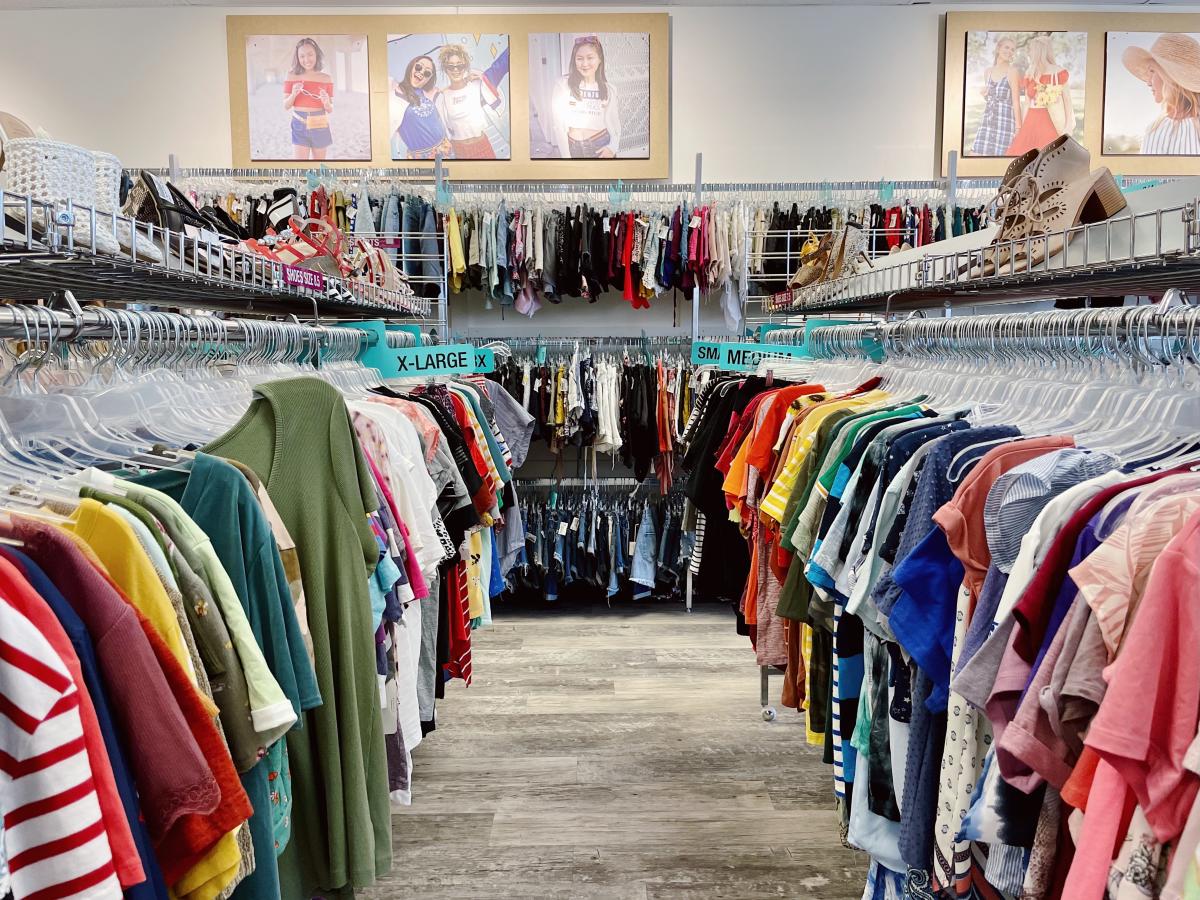
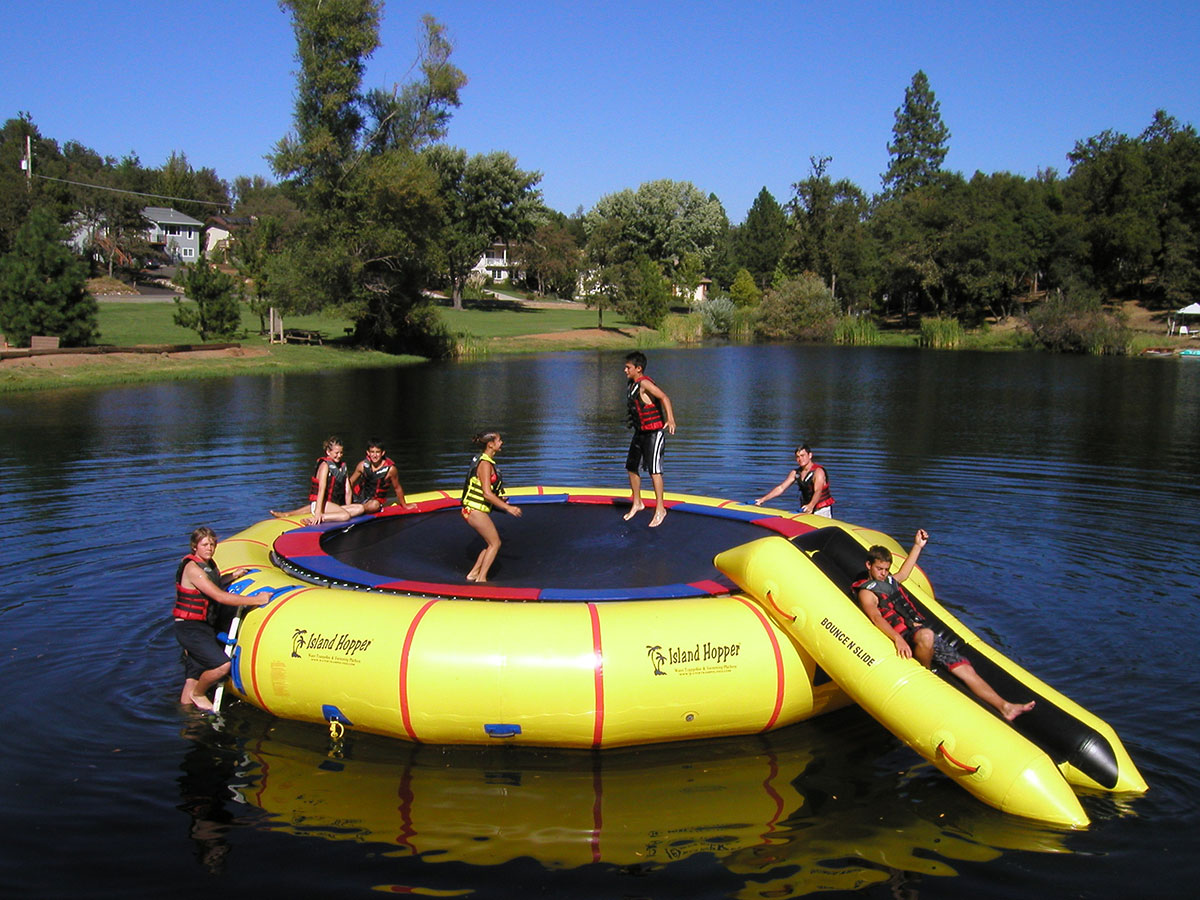
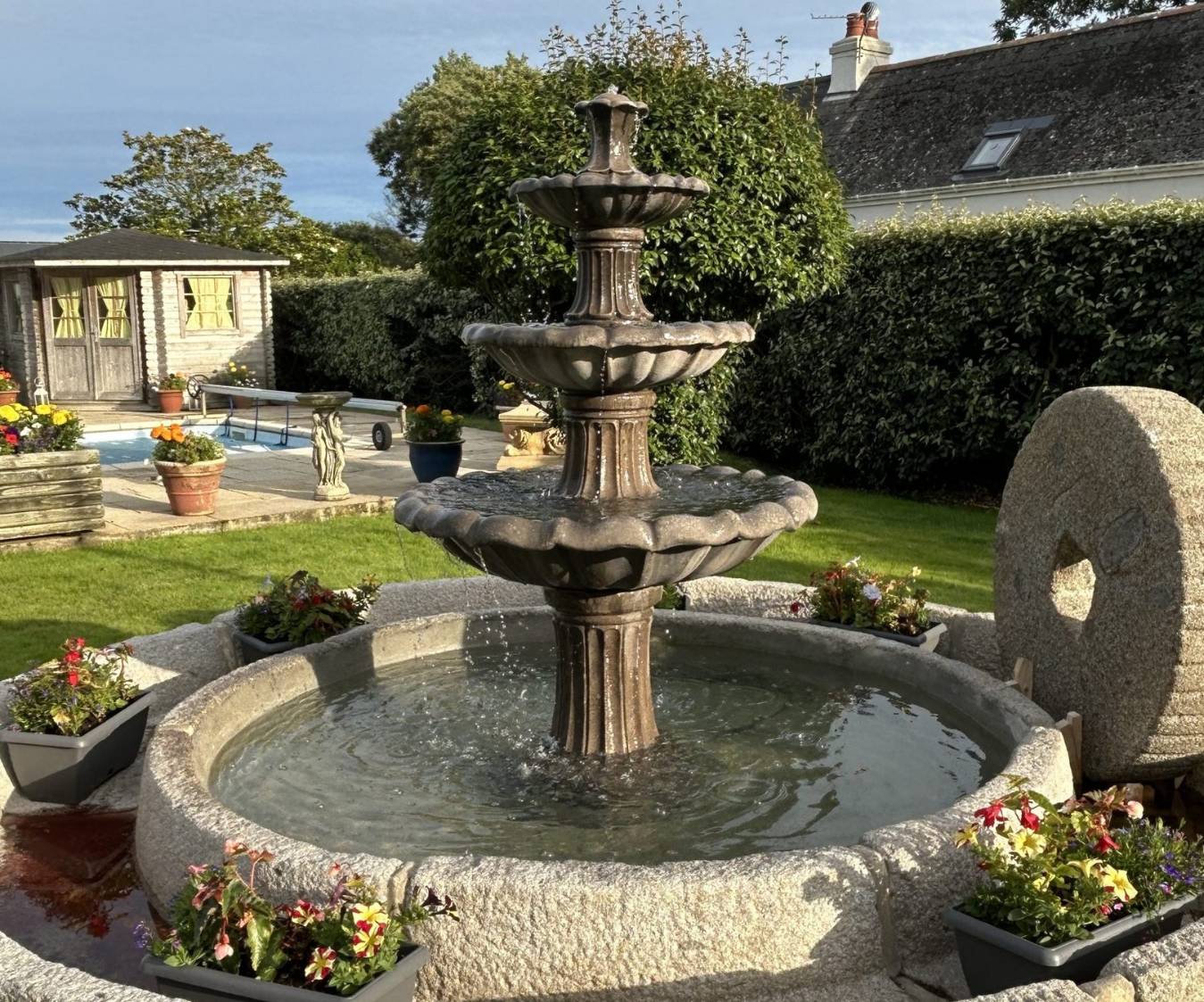
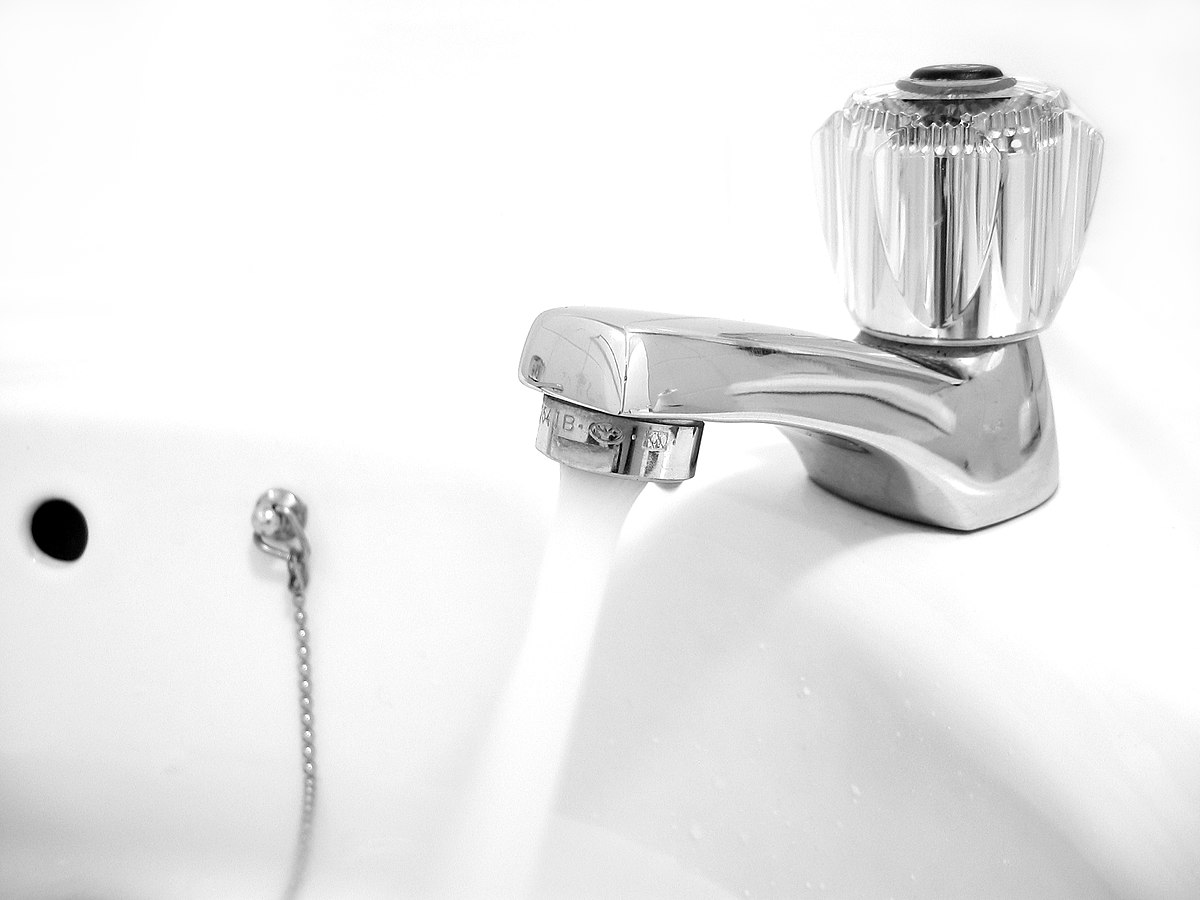
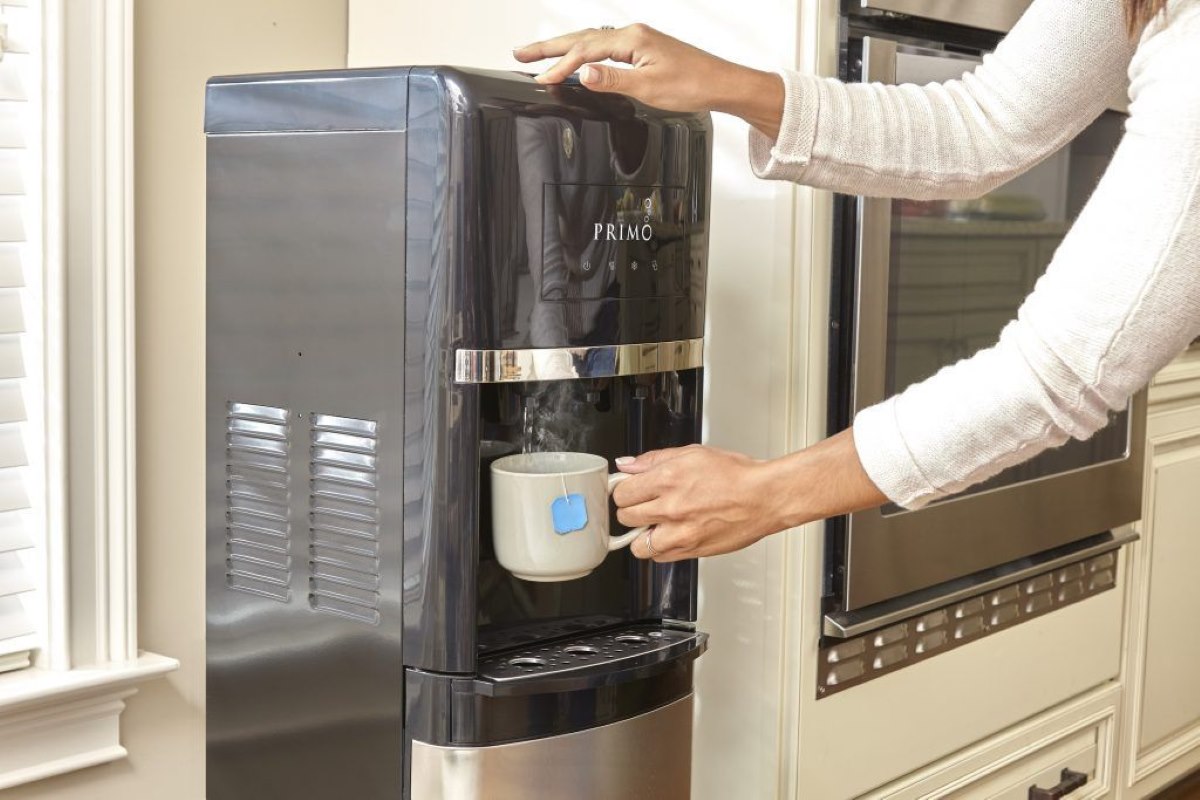
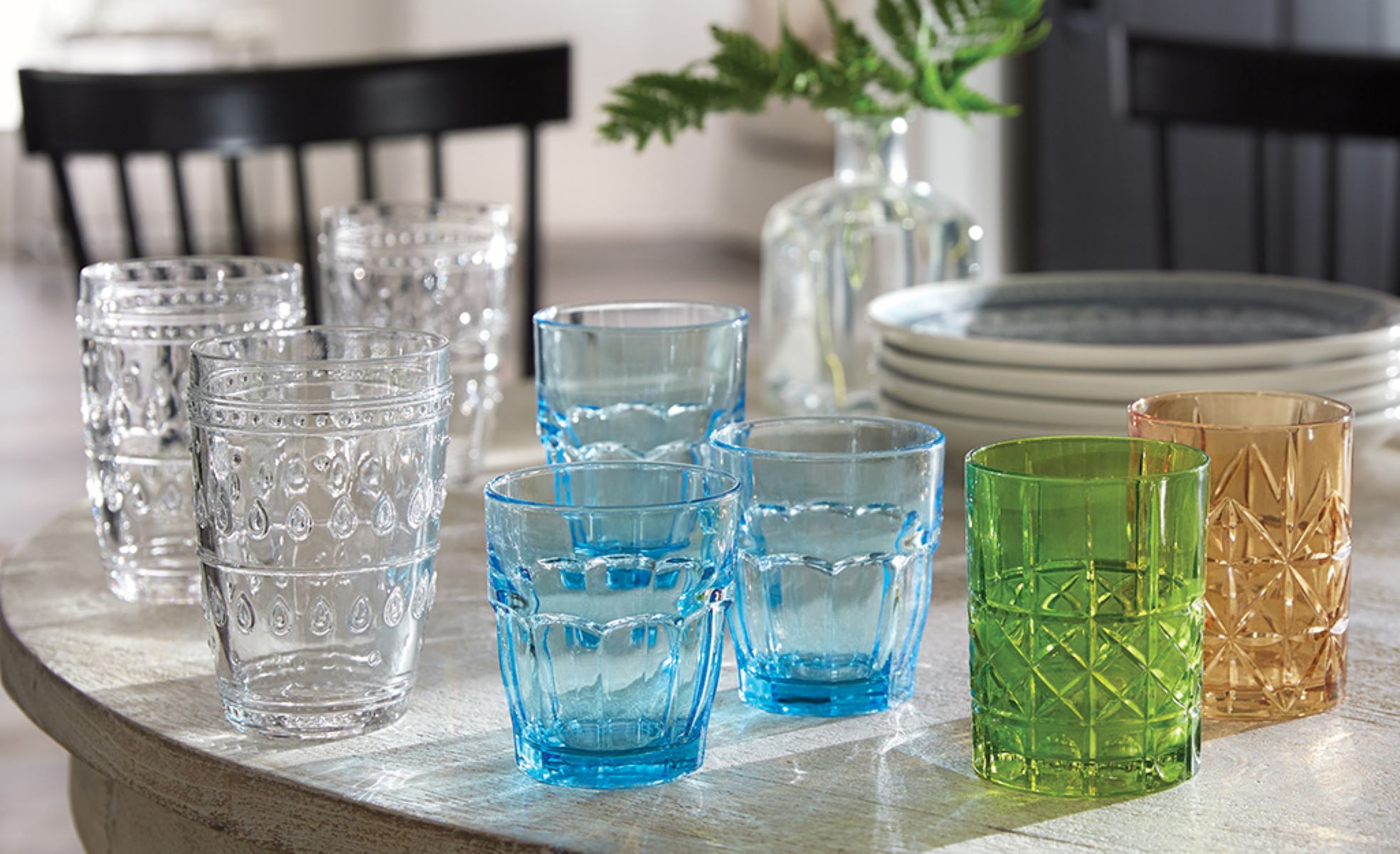
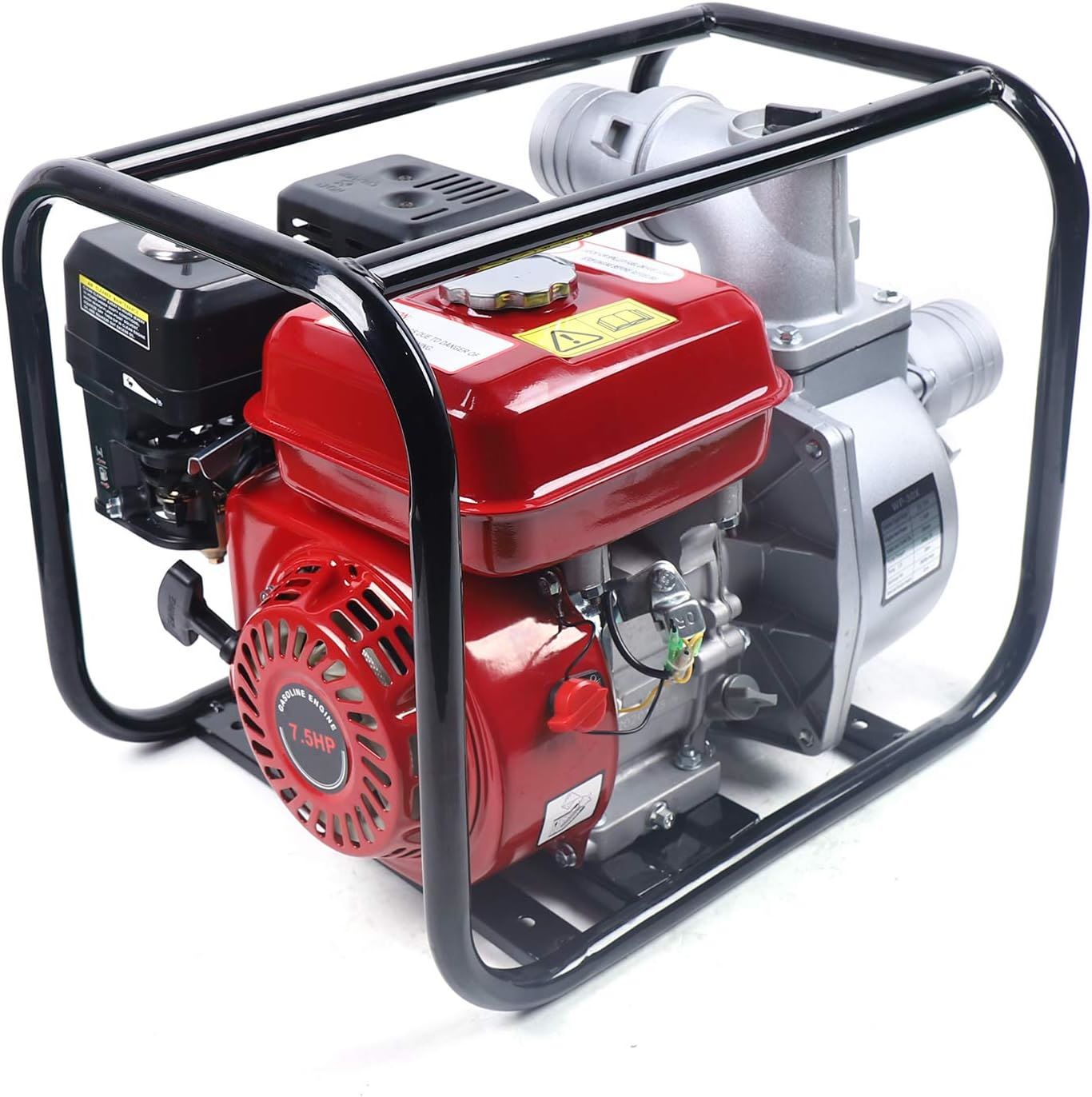
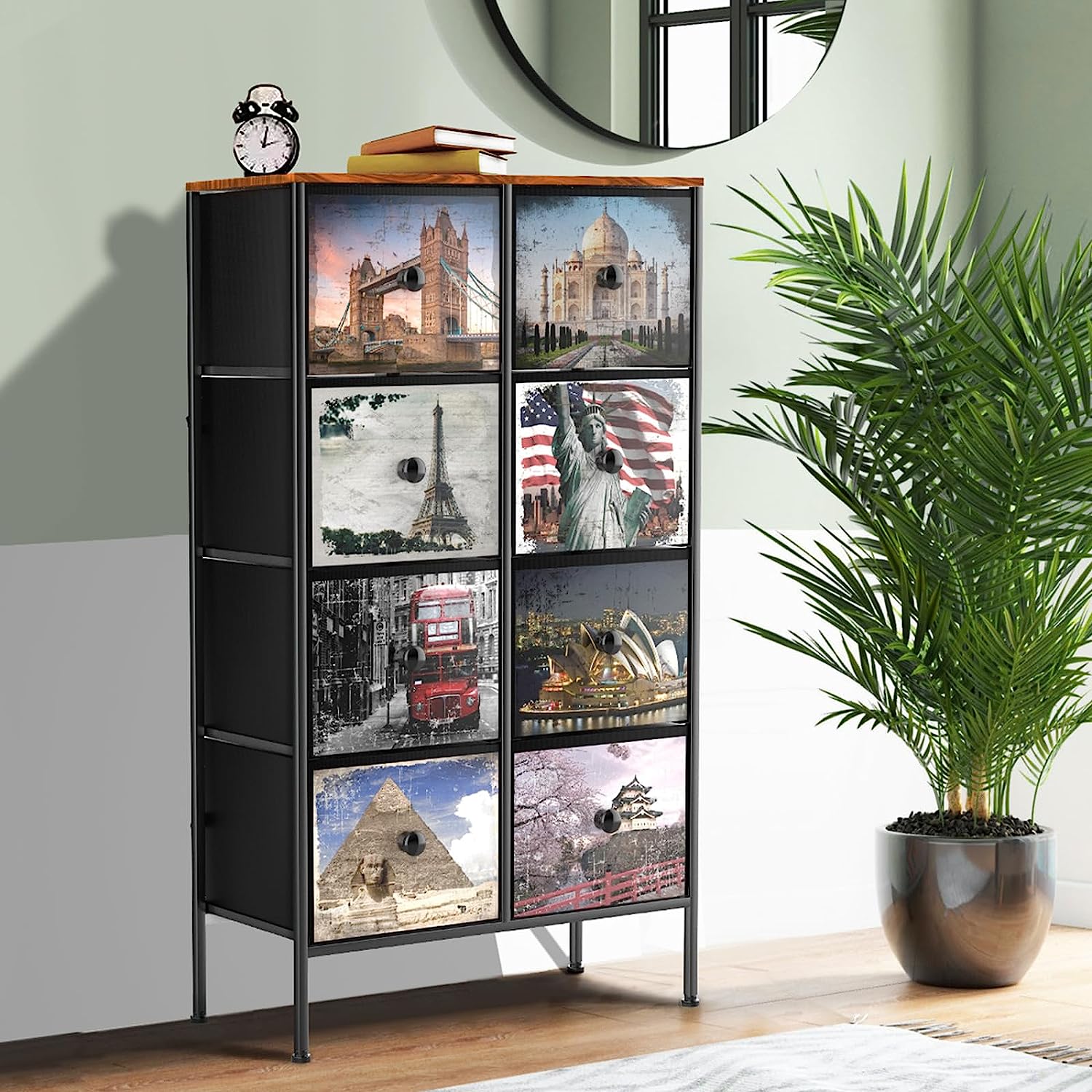
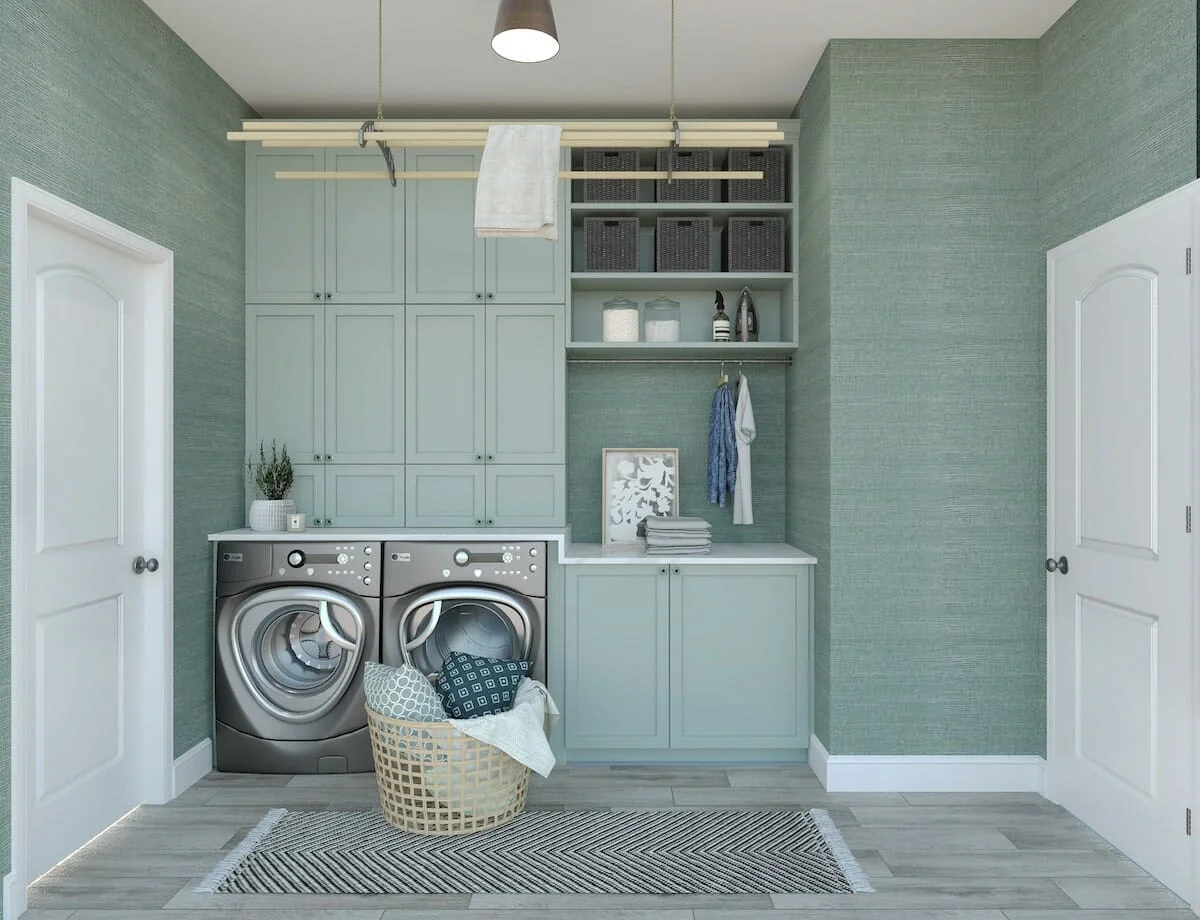
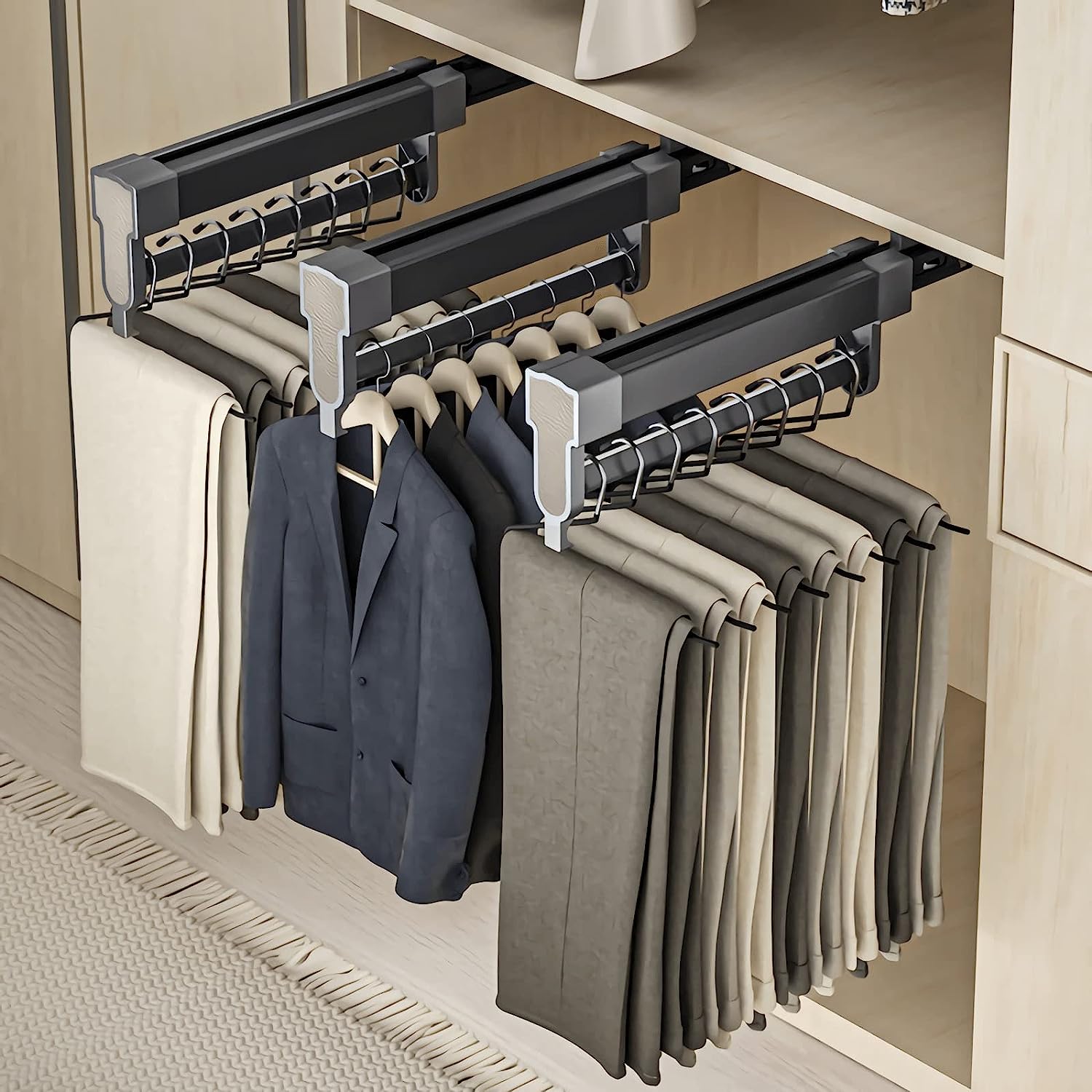
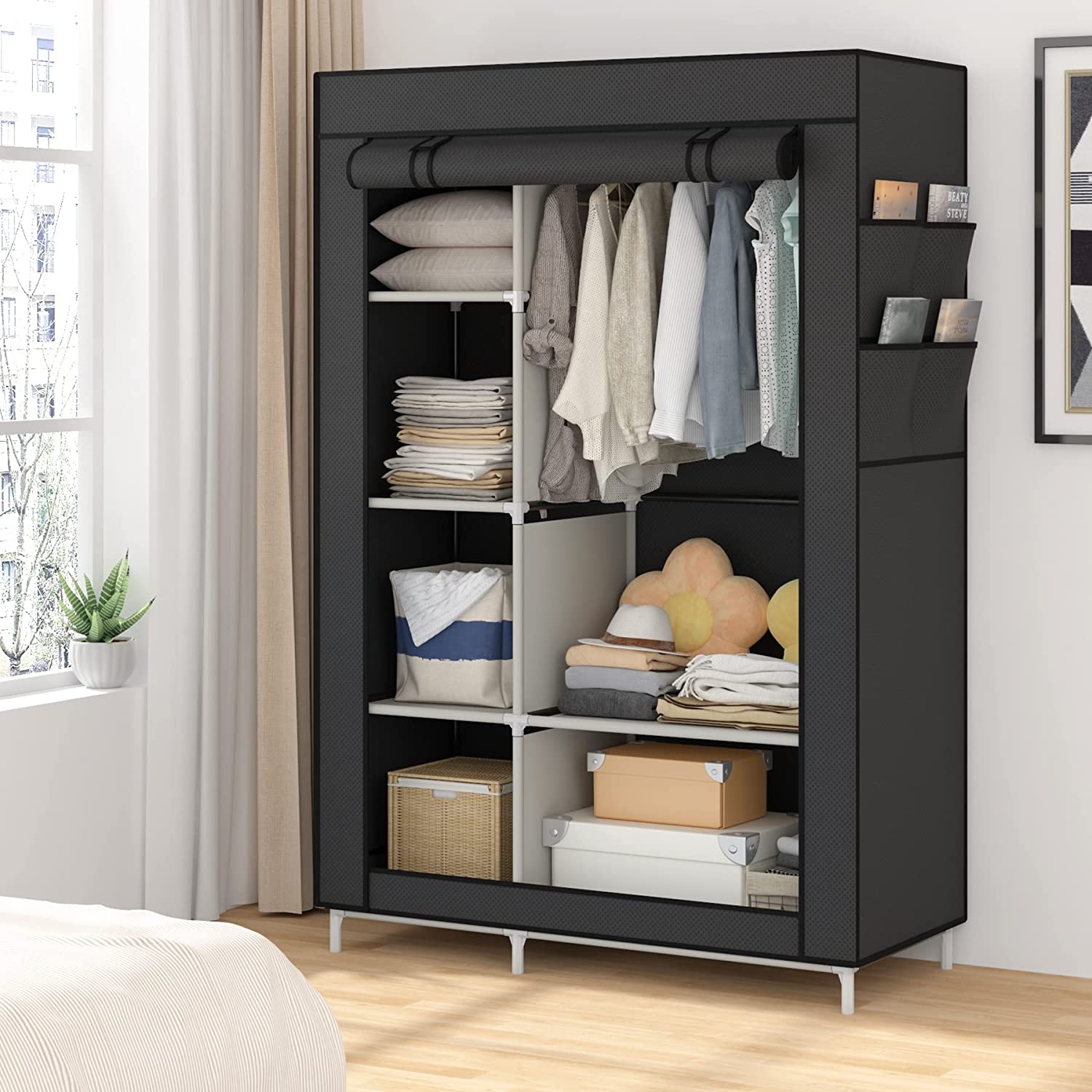
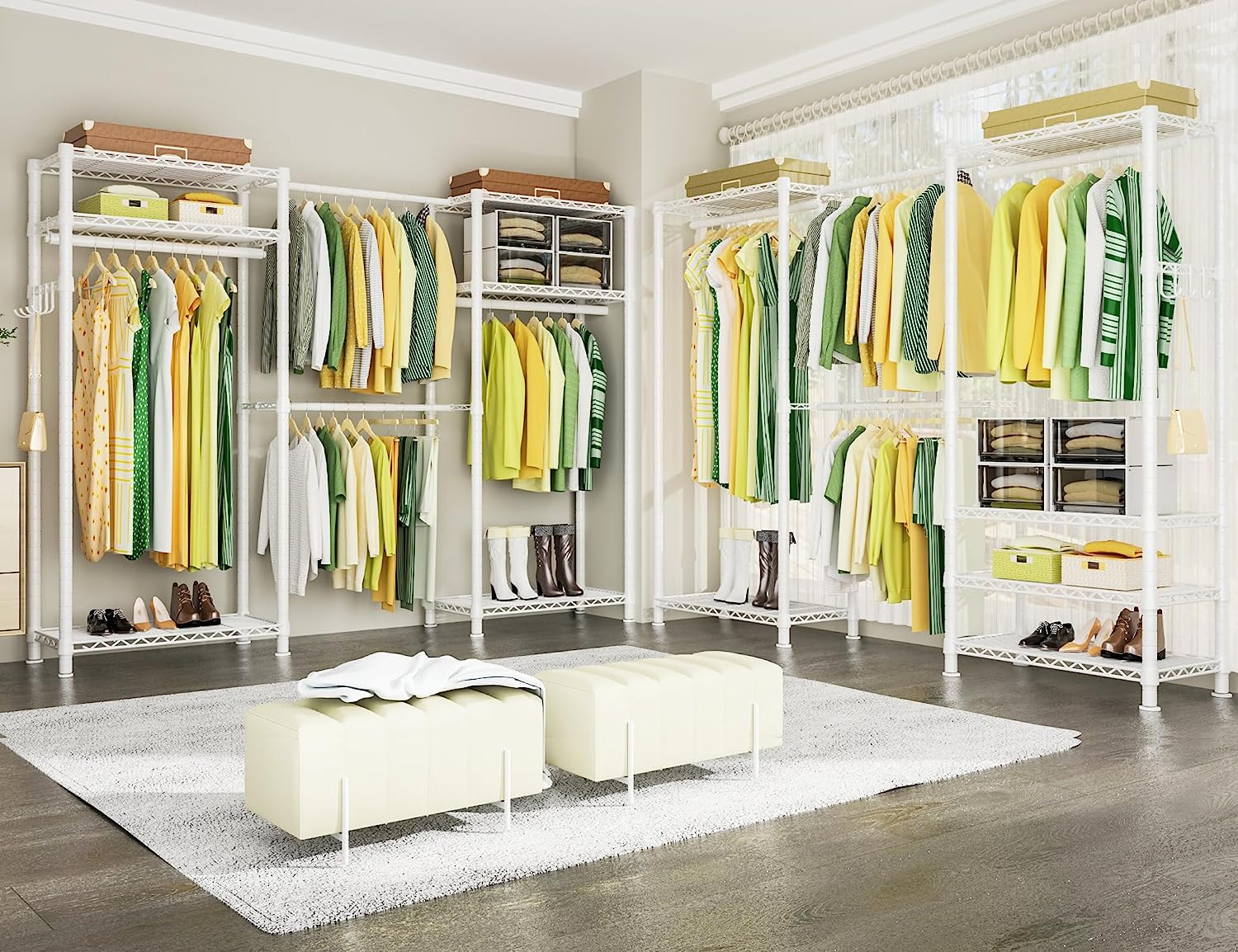
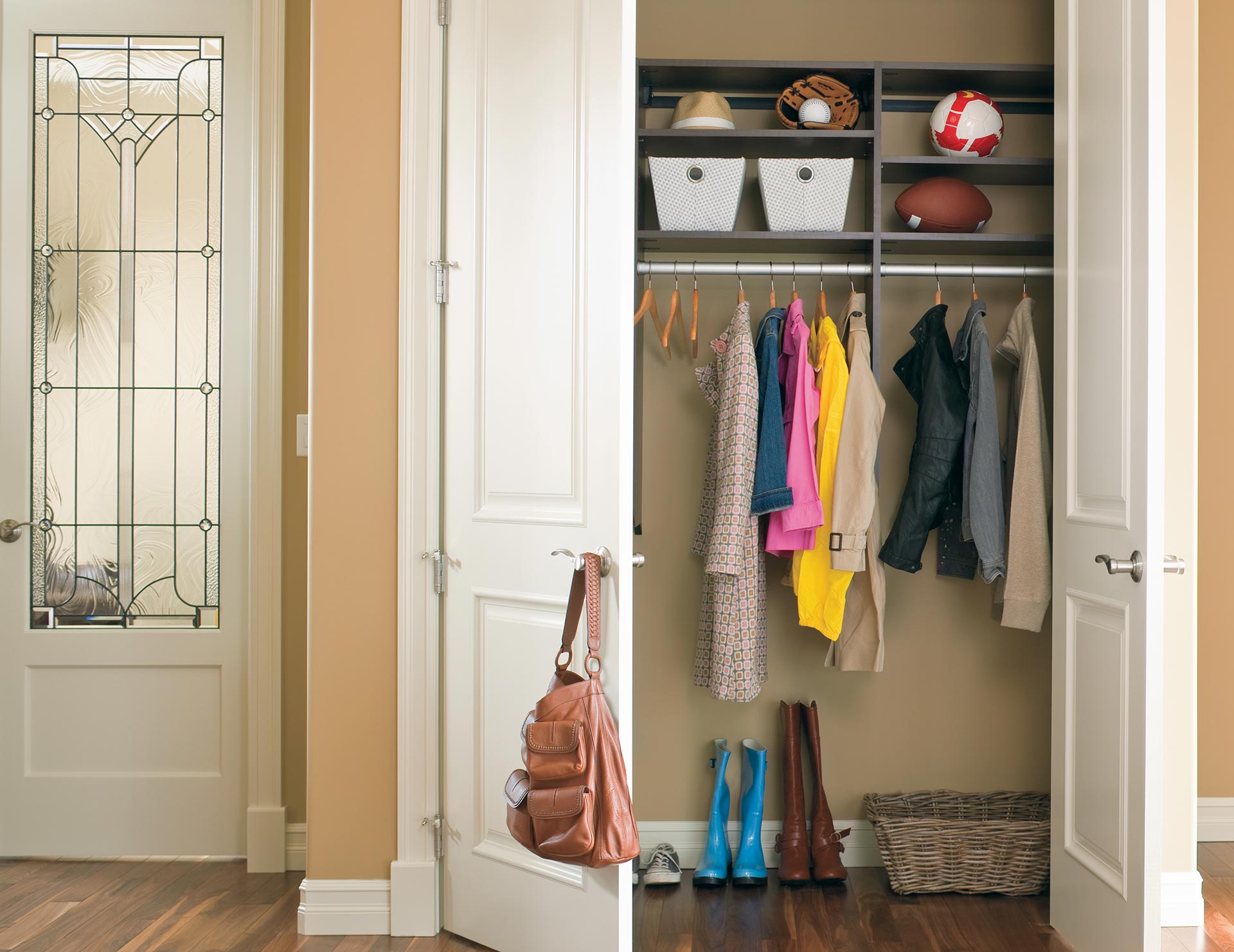

0 thoughts on “What Is Water Closet”